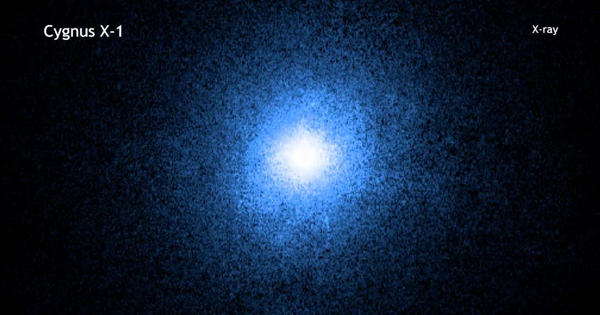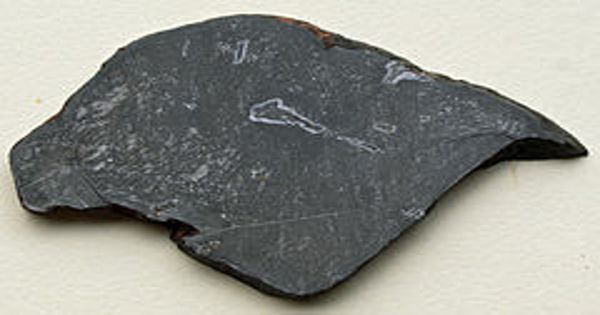According to the findings of a new study, SpaceX was able to cut the apparent brightness of one of its Starlink satellites in half by applying a dark coating to one of its Starlink satellites. Observations by the Ishigakijima Astronomical Observatory’s Murikabushi Telescope confirmed that dark coating can reduce satellite reflectivity by half. There are concerns that a large number of artificial satellites in orbit may interfere with astronomical observations, but these findings may help alleviate such concerns. According to the findings, applying the coating to more satellites could help reduce their impact on sensitive telescope observations of the night sky.
The increasing demand for space-based services has spawned a slew of satellite constellation projects that employ a slew of artificial satellites in orbit. The astronomy community is concerned about the potential impact of these satellites on astronomical observations because they can shine by reflecting sunlight.
Observations confirmed that dark coating can reduce satellite reflectivity by half. There are concerns that numerous artificial satellites in orbit could impair astronomical observations, but these findings may help alleviate such conditions.
SpaceX is working on a satellite constellation development project called Starlink, which aims to create a low-cost, high-performance satellite bus as well as the necessary customer ground transceivers to implement a new spaceborne Internet communication system.
Since May 24, 2019, SpaceX has been launching satellites into orbit 60 at a time to bolster the ranks of its Starlink mega constellation – a fleet of networked satellites flying in formation that, when complete, will number in the thousands and be capable of providing global communications coverage.
In January 2020, SpaceX launched “DarkSat,” an experimental satellite with an anti-reflective coating, and asked astronomers to determine how much this coating could reduce satellite reflectivity. Artificial satellite brightness measurements have already been performed, but there has been no verification that a dark coating actually achieves the expected reflectivity reduction.

While such a service has the potential to improve the lives of untold thousands of people living in the world’s most remote or disconnected locations, it also has some significant drawbacks. One of the major issues is that satellites reflect a significant amount of light back towards Earth just after dusk and before dawn. This explains why they twinkle as they pass overhead on a clear night.
Ishigakijima Astronomical Observatory’s Murikabushi Telescope can observe celestial objects in three different wavelengths at the same time (colors). When multicolor data obtained under the same conditions is compared, it provides a more accurate picture of how much the coating can reduce satellite brightness.
When the light signatures of the two probes were compared, it was discovered that Darksat’s albedo, or apparent brightness, was roughly half that of the regular Starlink satellite. The study’s findings indicate that mitigation strategies can have a significant impact on the disruptive nature of satellite constellations; however, a dark coat of paint is far from a panacea.
One of the most promising strategies involved launching an anti-reflective-coated prototype Starlink satellite into space. The findings of a new study, which used Japan’s Murikabushi Telescope at Ishigakijima Astronomical Observatory, indicate that the mitigation effort was successful.
Observations from April to June 2020 revealed, for the first time in the world, that artificial satellites, whether coated or not, are more visible at longer wavelengths, and that a black coating can reduce the level of surface reflectivity of satellites by half. This type of surface treatment is expected to have a positive impact on astronomical observations. Further steps will be taken to pave the way for peaceful coexistence between space industries and astronomy.
















